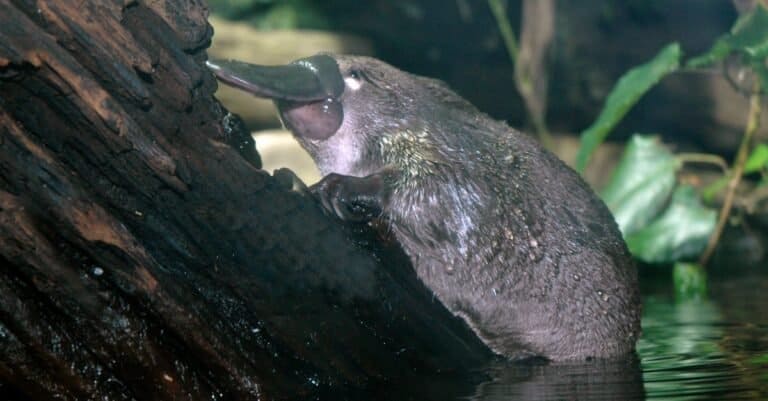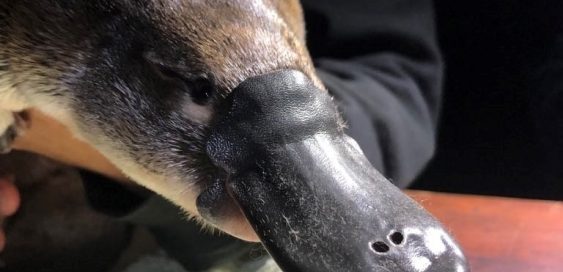

It just describes how genetically different two populations are. The major difference is the way in which the toxin is shared. Genetic differentiation is not necessarily good or bad. Both venomous and poisonous animals carry a chemical that is dangerous or deadly to another organism.

In fact, one platypus below the dam, and one platypus above the dam, were as genetically different as two platypuses living in different rivers. Dams pose a major threat to global freshwater biodiversity. Australias Dangerous Snakes: Identification, Biology and Envenoming. For about 20 to 40 seconds at a time, the platypuses search for food by diving to. In fact, platypuses can consume their entire body weight in food within just a 24-hour period.
#Platypus dangerous free
This suggest hardly any platypuses have passed around the dams since they were built. Read Platypus by Tom Grant,Illustrations by Dominic Fanning with a free trial. Their diet mostly consists of crustaceans, earthworms, shrimp, mollusks, annelid worms, crayfish, dragonflies, mussels, trout eggs, tadpoles, and the larvae of insects. So what did we find? Genetic differentiation between platypuses below and above dams was four to 20 times higher than along similar stretches of adjacent undammed rivers. 'Taking a platypus from the wild is not only illegal, but it can be dangerous for both the displaced animal and the person involved if the platypus is male as they have venomous spurs,' the police said in a statement.

We weighed, measured, sexed and aged them, collected a blood sample then returned the animal to the water. They spanned the Upper Murray, Snowy Mountains, Central NSW and Border Rivers regions. We did this by examining the genetic makeup of platypuses in nine rivers in New South Wales and Victoria: five dammed and four free-flowing. Platypus venom can paralyze small animals (such as a rival male) and, although it is not quite potent enough to do the same to a human, an attack is surprisingly painful and incapacitating. The venom of the fish-hunting geography cone is potent enough to kill humans, making this unassuming-looking mollusc one of the most venomous animals on Earth.My colleagues and I set out to answer this question. Then the cone harpoons the prey, leaving the fish to struggle for only one or two seconds before it is paralysed. This is absorbed through the gills of its prey, causing them to become disorientated and enter a state of hypoglycaemic shock. Their venom is a cocktail of toxins that paralyses their prey.īut the geography cone ( Conus geographus) first disperses its toxins through the water. Platypuses are endemic to Australia, according to the Australian Museum, and have a protected status, meaning they're not endangered but 'near threatened.' 'Taking a platypus from the wild is not only illegal, but it can be dangerous for both the displaced animal and the person involved if the platypus is male as they have venomous spurs,' police said, according to the BBC. Some species are even equipped with a backwards-facing barb. The platypus is a semiaquatic, egg-laying mammal that can be found only in eastern Australia, including Tasmania. The cassowary is the most dangerous bird in the world as it has the most powerful kick. Is The Platypus Dangerous To Humans The Platypus has long, sharp nails, and males also have venomous spurs on their hind legs. The tooth is launched like a harpoon, latching onto the unlucky victim. The platypus and two species of echidna are the worlds only egg-laying mammals, so called monotremes. Cone snails have a hypodermic needle-like tooth to inject their prey with paralysing venom. Their elegant appearance belies a remarkably effective hunting technique. There may also be some very small quantities of dangerous goods, such as refrigerants and. With colourful shells, these molluscs come in a variety of sizes and feed mainly on worms, although some have evolved to feed mainly on fish. facilities and ultimately as the HMAS Platypus submarine base.

Cone snails are a group of predatory sea snails.


 0 kommentar(er)
0 kommentar(er)
